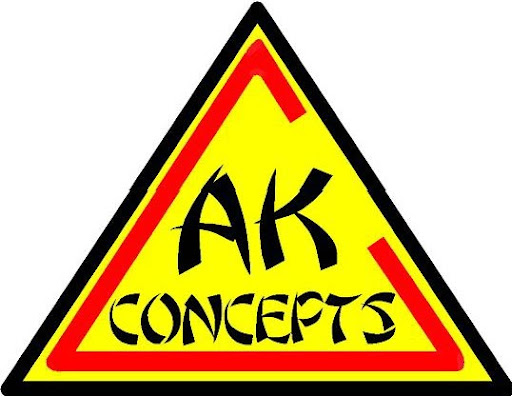As martial artists, we all know the history of what we do. ALL combative studies come out of a need for survival on the battlefield.
Since confrontation began, man has always looked for an edge to be the last one
standing. With or without weapons, these were soldierly pursuits and as such
were taught in a soldierly environment. Struggle, challenge, pain, and the
strength of character to overcome all obstacles were normally found only in a
disciplined lifestyle. As civilization progressed and wars waned, there were
still those that sought the discipline of the martial life as fighting methods
were systematized within their various cultures. With longer periods of peace
and the rule of law, the drift from the martial to the art began. Even with the
emphasis on development of the character though, the body was still challenged
and forged in the “school of hard knocks”.
I began my training in the 70’s when those that wore a Black Belt were
still a rarity and carried a mystique. My instructor was a Marine veteran who
fought in Vietnam Oceanside
Sometime in the early 80’s, along came the Karate Kid and the martial
arts changed forever. We all know what happened, schools catered to kids,
martial arts took on flavor of the week, i.e..
kung fu, ninjiutsu, kick-boxing, Tae-Bo, etc… there was money to be made
teaching and suing. Mac-Dojos popped up everywhere and people forgot the
“martial”. I have a school down the road from me right now whose selling point is they
have produced over 2000 black belts in 15 years. A Black Belt no longer has the
meaning it once did and that is a shame. I believe it is indicative of our culture
with its highly developed sense of entitlement and the need for instant
gratification.
All is not lost though. Some never left the school of pain, especially many
of the Hawaiian lineages and some of the traditional Japanese systems. Recently,
a new breed is beginning to make its presence felt. These are men and women who
actively seek the hard road and are recreating the mystique of the warrior. Many
come from the military and law enforcement using military based combatives such
as Systema, Krav Maga, CQD, SPEAR, and others that incorporate hard, physical
training and contact into their programs while doing away with the art. The
popularity of MMA has also shown that fitness, stamina, and the ability
to take as well as give punishment are key components to winning the fight.
Even McDojos are incorporating elements of combative training into their
programs, albeit more for the ‘feel good” aspect rather than any practical
value. The martial art community is slowly coming full circle back to the days
of discipline and hard work. When combined with the science of violence, we are
beginning to except that maybe those old guys actually new something.
Good training for self-defense should be hard and sometimes painful.
You need to hit and get hit, you need to experience fear and uncertainty, and
you need to learn how to overcome limits while striving for greater challenges.
